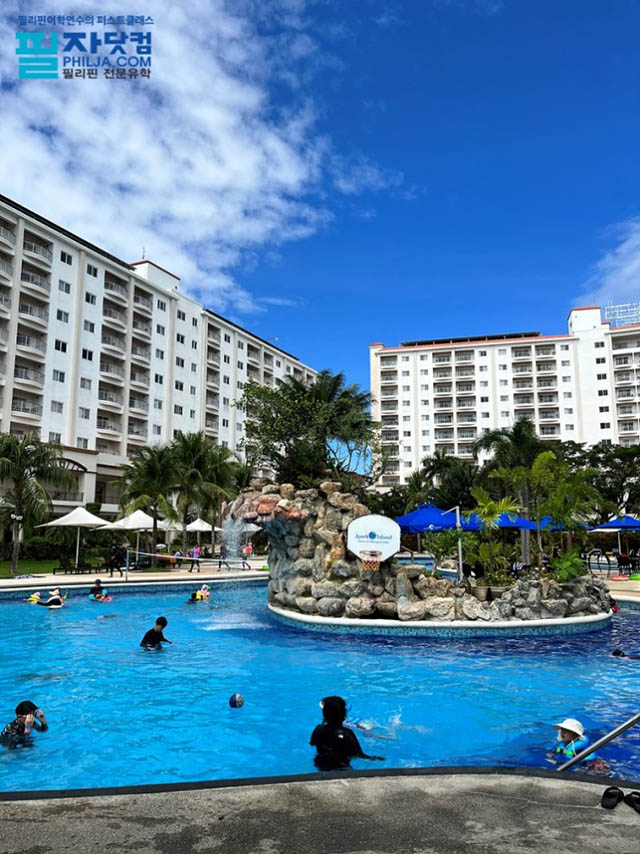
-
МјРЇСІИёСЖШИМі
-
 Malacañang Palace-Official Residence of the Pres
Malacañang Palace-Official Residence of the Pres 138,933
138,933 -
 Amana Water Park
Amana Water Park 115,446
115,446 -
 IFUGAO TRIBE
IFUGAO TRIBE 109,425
109,425 -
 Santacruzan-The Queen of all Filipino Festivals109,325
Santacruzan-The Queen of all Filipino Festivals109,325 -
 Water Refilling Station: an alternative source of drink107,374
Water Refilling Station: an alternative source of drink107,374 -
 LAMBANOG-THE POOR MAN\'S DRINK104,565
LAMBANOG-THE POOR MAN\'S DRINK104,565 -
 Christmas Parol [lantern in English]104,398
Christmas Parol [lantern in English]104,398 -
 HANGING RICE97,110
HANGING RICE97,110 -
 Taoist Temple94,029
Taoist Temple94,029 -
 Corn Fields in the Philippines90,508
Corn Fields in the Philippines90,508
SUGARCANE IN THE PHILIPPINES

On about 450,000 hectares, this is more than half of the land surface of
is grown sugarcane. About 60% of the Philippine sugar production comes from
the island
Binalbagan where also the biggest sugar refineries are.
Sacadas one calls the workers which the sugarcane harvest.
Harvest season is from October to May. The shrubs must be cut with a sharp knife
briefly above the surface of the earth. This is a very heavy work in bent down position.
The sugar export goes to many countries of the earth till the
products from the cultivation are won by coconut trees.
From meaning is also the fish-processing industry.The distance between arm
and empire is coined on
profit and the rural population often lives in poverty.

The
the available agricultural land in the lowlands is devoted to sugarcane cultivation.
The social and ecological problems associated with monoculture sugarcane
production are pervasive on the island.
when the collapse of the sugar industry led to the starvation of thousands of sugar
workers and their families. Today, much of the landscape of
monoculture sugarcane production under the control of wealthy plantation owners
known as hacienderos.

Sugarcane belongs to the grass family (Poaceae), an economically
important seed plant family that includes maize, wheat, rice, and
many forage crops. The main product of sugarcane is sucrose,
which accumulates in the stalk internodes. Sucrose, extracted and
purified in specialized mill factories, is used as raw material in human
food industries or is fermented to produce ethanol. Ethanol is produced
on a large scale by the Brazilian sugarcane industry.


The world demand for sugar is the primary driver of sugarcane
agriculture. Cane accounts for 80% of sugar produced; most of
the rest is made from sugar beets. Sugarcane predominantly
grows in the tropical and subtropical regions, and sugar beet
predominantly grows in colder temperate regions of the world.
Other than sugar, products derived from sugarcane include
falernum molasses, rum, cachaça (a traditional spirit from Brazil),
bagasse and ethanol. In some regions, people use sugarcane
reeds to make pens, mats, screens, and thatch. The young
unexpanded inflorescence of tebu telor is eaten raw, steamed
or toasted, and prepared in various ways in certain island
communities of Indonesia

- ЁЄSalapan Festival
- ЁЄEmpanada Festival (Batac City)
- ЁЄPADUL-ONG FESTIVAL
- ЁЄKaumahan Festival in Barili
- ЁЄKAGASANGAN FESTIVAL
- ЁЄLalin Festival in Asturias
- ЁЄTinabuay Festival
- ЁЄGayon Bicol Festival
- ЁЄPINYASAN FESTIVAL in CAMARINES
- ЁЄMAGAYON FESTIVAL
- ЁЄBANAUAN FESTIVAL (BARANGAY.GUA
- ЁЄThe Tuna Festival in Gensan
- ЁЄPINTOS FESTIVAL BOGO CITY, CEB
- ЁЄPanaad sa Negros
- ЁЄPasalamat Festival



- ЁЄCEBU WESTOWN LAGOON
- ЁЄGREEN LAGOON, COMPOSTELA
- ЁЄCALLAO CAVE
- ЁЄMOUNT PINATUBO IN PHILIPPINES
- ЁЄBATAN ISLAND in Batanes.
- ЁЄCALAGUAS ISLAND, CAMARINES NOR
- ЁЄAGHO ISLAND
- ЁЄCARAMOAN ISLAND IN CAMARINES S
- ЁЄSAMBAWAN ISLAND
- ЁЄPLACES TO VISIT IN LANAO DEL N
- ЁЄPLACES TO VISIT IN ZAMBOANGA C
- ЁЄPlaces to visit in Rizal Provi
- ЁЄHISTORIC TOWN OF VIGAN CITY, I
- ЁЄCAMBUGAHAY FALLS, SIQUIJOR ISL
- ЁЄTINUY-AN FALLS in BISLIG CITY,













 ЧЪРкДхФФ ОпАЃЛѓДу ПРЧТ
ЧЪРкДхФФ ОпАЃЛѓДу ПРЧТ 11ГтПЌМг МвКёРкИИСЗ 1РЇ
11ГтПЌМг МвКёРкИИСЗ 1РЇ
 ГЛАд ИТДТ ОюЧаПј УЃБт
ГЛАд ИТДТ ОюЧаПј УЃБт
 ИЎОѓ ЧаБГ ЙцЙЎБт
ИЎОѓ ЧаБГ ЙцЙЎБт
 СжИЛПЁ ГЛАЁ ОЕ КёПыРК?
СжИЛПЁ ГЛАЁ ОЕ КёПыРК? УжАэАЁМККё РЬКЅЦЎ СёБтБт
УжАэАЁМККё РЬКЅЦЎ СёБтБт
 ЧіСіПЁМЕЕ ЧЪРкДхФФ!
ЧіСіПЁМЕЕ ЧЪРкДхФФ! ЧіСіПЁМ АЁДЩЧб
ЧіСіПЁМ АЁДЩЧб









 ЧЪРк ЦЏБо Ч§ХУ! ФСНУОюСі МКёНК
ЧЪРк ЦЏБо Ч§ХУ! ФСНУОюСі МКёНК



 АЁСЗПЌМіЗЮ ДйЧдАд ОзЦМКёЦМ
АЁСЗПЌМіЗЮ ДйЧдАд ОзЦМКёЦМ





























